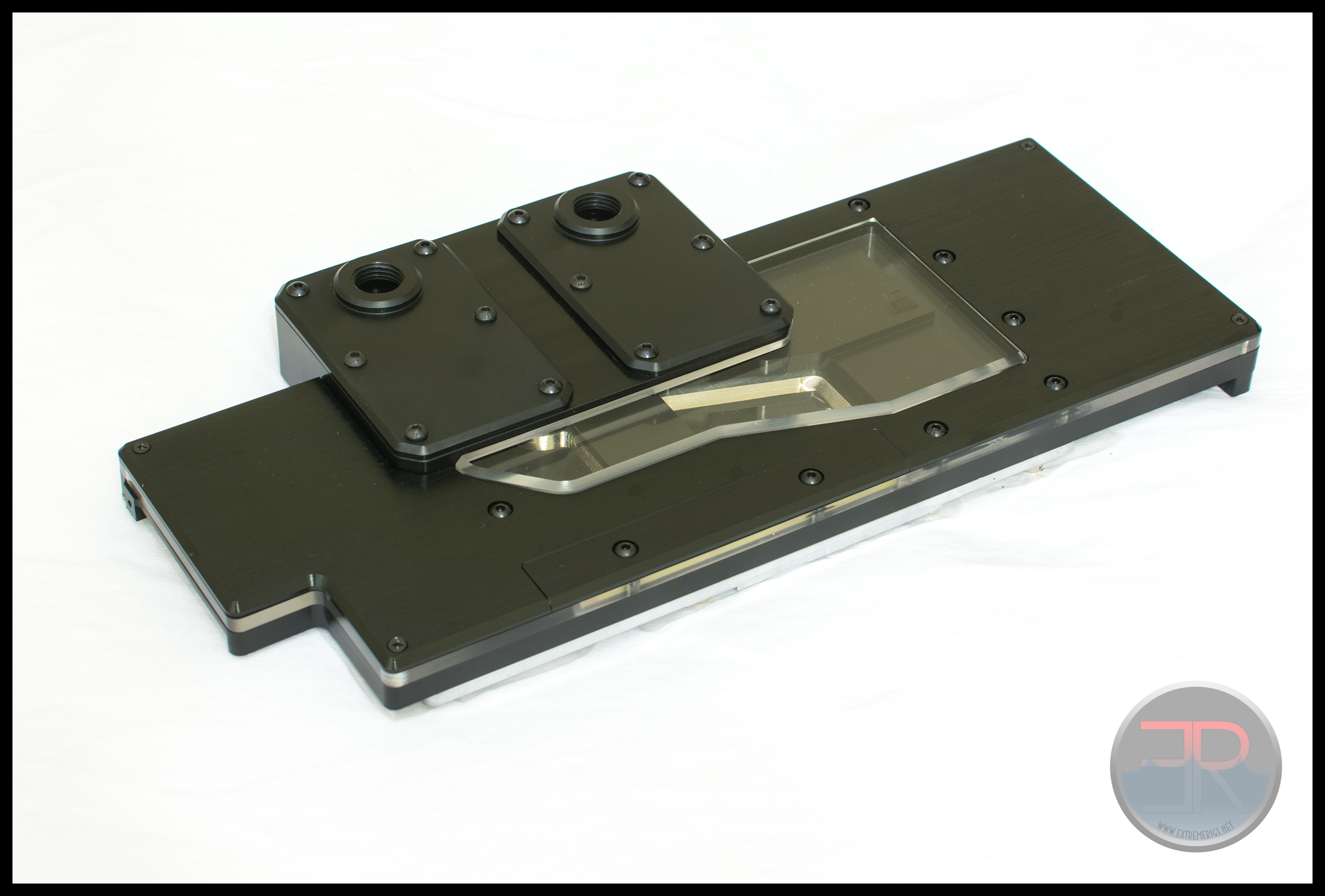This review is part of the R9-290X Water Block Roundup.
Swiftech are no stranger to the world of GPU blocks however this block is a new direction for them.
The packaging however is not where the newness lies. Nor is it in the instructions which could use a bit of text to clarify the different screws a little better:
No – instead the newness is in the block itself!
Yes we have a window – finally a black themed block that still has the ability to see your coolant!
And we have color changing LEDs:
Well that might be misleading – the LED doesn’t change color, but instead there are color gels that you can change to change the color of the LED. But the LED is built in and is powered through the fan header so that means no messy wiring to fight with!
Swiftech thinks differently – they are the only manufacturer to include the backplate. Other manufacturer’s will give you options for a cheaper block, but Swiftech say no – this is the “luxury edition” and you will get the best ideas that we can come up with! I respect that, there’s something to be said for a “take no prisoners” attitude. It frees the mind up. But it also increases expectations and prices.
Not only is there a backplate, but it’s thick and robust. IT’s machined in such a way that 5 chips on the back of the PCB get cooled with TIM. Take that thermal pads – who needs you anyway? It even has some machining to increase the surface area in a way that doesn’t add thickness unlike Alphacool:
Yes that logo is on the large side, but the screws are color matched and countersunk. Yes the springloaded backplate for the CPU is a bit ugly, but it helps to even out the pressure and reduces the chance of you cracking the GPU die. Yes the brushed aluminum face doesn’t quite match the acetal, and the bumps for the fittings seem unnecessary but it’s different and it’s got presence in a way that Koolance could only dream of.
While we’re writing in a fairly unusually conversational style let me thus ponder another question – what is the best way to apply thermal pads? Why of course – to have someone else already apply them for you:
And what can be better than nickel plating? Surely only chrome plating! And what’s better than chancing electrical contact with an aluminum backplate? An aluminum backplate with plastic backing to try and minimize that risk:
And what’s better than a boring old acetal bridge? Why one that lights up of course!
And why not have the lighting extend all the way around the edge of the block?
Looks pretty cool right?
Sounds perfect right?
The block itself is pretty complicated to construct and take apart – first remove the acetal port covers:
Then remove the bridge section:
Then remove the light port cover and then the block can be fully taken apart:
Thermal Results
For greater detail in thermal results vs flow and block restriction check out this page.
So why does the Swiftech block and backplate fail? Well it all comes down to thermal performance, and not the performance you expect. Core performance is at the top of the pile and restriction is nice and low, but it’s VRM temperatures that kill this block:
The Swiftech block even with it’s fancy TIM using backplate just gets really hot on the VRMs. Stupidly hot in fact and unlike the Aquacomputer where a backplate can be used to keep it in check, there is nothing more to give. If you’re sensibly keeping an eye on your VRM temps then this block might limit your overclocking. And that’s really one of the main reasons to watercool is to be able to extend overclocking while keeping noise low.
Summary
Sadly despite all the great design effort and unique ideas that Swiftech has brought to this block, the failure to keep VRM temperatures in line when overclocking is unacceptable. We can only recommend this block if you’re the type to not overclock and frankly we think those types of consumers are few and far between.
Where to buy: Block + Backplate: – $180





























[…] AquaComputer Kryographics Hawaii Bitspower VG-AR290X EK FC-290X (Rev 1) Koolance VID-AR290X Swiftech KOMODO-R9-LE Watercool HEATKILLER GPU-X3 R9 290X XSPC Razor R9 290X – […]
No disassembled pics this time round Stren? They were one of my favourite parts in the Titan reviews / testing. The way the cards manage water is always interesting and the new versions compared to old would be really nice to see.
Hey – yeah I’ll get those added soon!
Comments are closed.